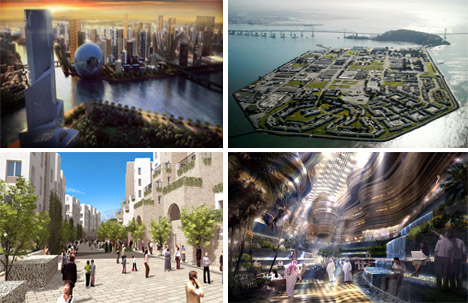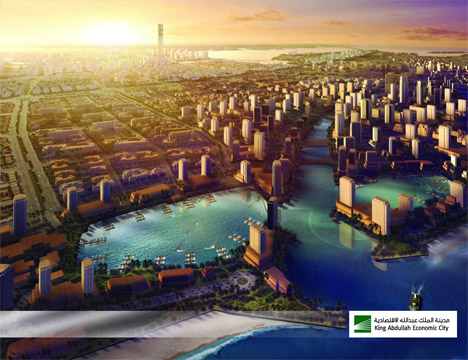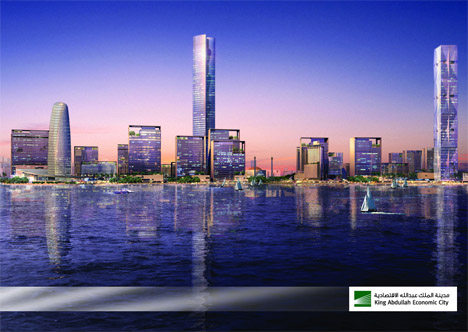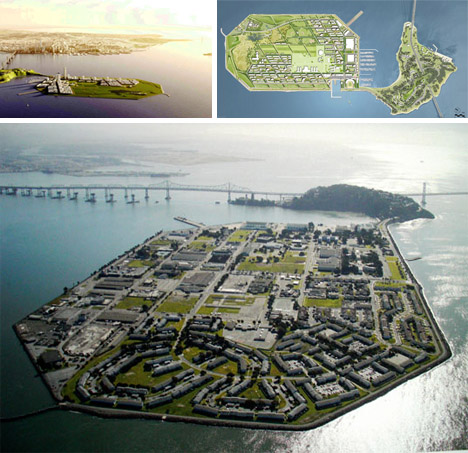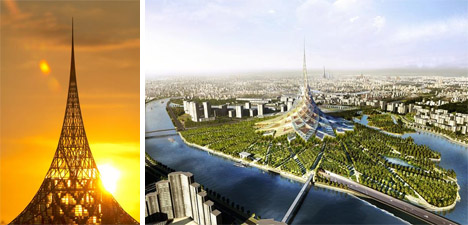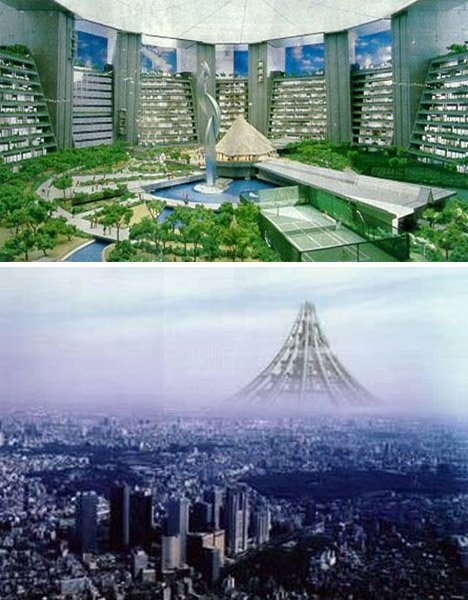Special Feature – William Dalrymple, The White Mughal: "
The Delhi walla's pretension in writing makes me want to lodge a bullet in his balls - Blogger Nimpipi, the woodchuck chucks GO STRAIGHT TO MORE STORIESContact mayankaustensoofi@gmail.com for ad enquiries. Delhi’s most famous expat author.[Text and pictures by Mayank Austen Soofi]
Delhi’s most famous expat author.[Text and pictures by Mayank Austen Soofi]William Dalrymple has a big paunch. When
The Delhi Walla met the Delhi-based British author at his Mira Singh farmhouse off the Mehrauli-Gurgaon highway, he was lounging on a wicker chair in his garden.
Looking like a white nabab, Mr Dalrymple is as popular. India International Center fills up each time he speaks. His articles are published in literary journals such as
The New Yorker.
Mr Dalrymple’s bitch, Aishwarya, was barking; his bird Albinia was kissing him on the lips; his children were playing with goats and cocks; his wife, Olivia, had returned from a walk. The latest
New York Review of Books was on the table, along with his latest work,
Nine Lives – In Search of the Sacred in Modern India. It needed eight translators to make
Nine Lives. Even after living in Delhi on-and-off for 25 years, Mr Dalrymple has not learned Hindi or any other Indian language.
“I know, I know...” he laughs while stroking Albinia’s beak. “My Hindi is terrible.”
Quite a few question Mr Dalrymple’s expertise about India. Historian Sunil Khilnani mockingly credited him for creating the genre ‘Bollywood history’. Ramchandra Guha said that his “knowledge of this country is so superficial.”
Is it?
“Westerners have written on India to suit their own prejudices but I avoid that,” Mr Dalrymple says. “For instance, in
Nine Lives, I‘ve let people speak.” In the book, Mr Dalrymple follows the spiritual pursuits of nine people, including a jain monk, a tantric skull feeder, and a devdasi. “The whole point was to humanise and demystify such entities,” he says, “The mundane mingles with the exotic.”
Why is Dalrymple’s India always exotic? The
City of Djinns, his award-winning travelogue on Delhi, starts with a sufi whose “beard is as tangled as a myna’s nest” and ends with a sanyasi “dancing like a madman.”
“But India is exotic,” he says. “In the West, you see the homeless outside the malls, here you see them at the cremation grounds.” However, he dismisses the charges of exoticism as unfair. “My imagination is not that of a doped orientalist,” he says. “The Mughals dressed the way they did and I did not make that up in my previous books.”
Mr Dalrymple is considering a biography of Aurangzeb, the Mughal emperor infamous for his religious bigotry. “The young Aurangzeb was a very different person than what he later changed into and as stereotyped by Indian historians,” Mr Dalrymple says. “If Babur was a great diarist, Aurangzeb was a great letter writer. He was like a Shakespearean character, like the bastard Edmund in
King Lear. Unloved by his father, he lived old enough to realise that he had fucked up the empire.”
Historians usually are not so engaging while talking of kings and empires.
“There is a singular quality about William Dalrymple's 'brand' of writing,” says author Rakhshanda Jalil whose PhD subject deals with the progressive writers’ movement in India and its impact on popular culture. “He makes history readable to a lay reader in a manner a conventional historian can not.”
I earlier turned to Bombay-based writer Aakar Patel to get more views on Delhi’s most famous expat author. He reads Indian history books written in English as well as in Hindi, Gujarati and Marathi. Perhaps he could compare Mr Dalrymple with those who write in regional languages and are not read widely. Mr Patel e-mailed saying he has never read the author, despite buying most of his books.
“Perhaps this is prejudice, but it is borne out of an incident. I saw him on BBC many years ago, doing a documentary on the Delhi riots after Babri Masjid was pulled down. He gets into a taxi and tries to speak to the driver in Hindi, but what comes out is gibberish. He then reverts to English to the cabbie’s relief. He's driven to the walled city, I think, to one of the mohallas behind Jama Masjid. A charpai is brought out and he asks the elders for their reactions. One of them says that a mob threatened to attack them. “Were they Shiv Sainiks?” Dalrymple asks eagerly. (Shiv Sainiks are members of a regional right-wing extremist party not active in Delhi) At that point I switched the TV off, and haven't really been able to switch back on to him. My loss, doubtless.”
But another man gained a wife thanks to Mr Dalrymple’s works. “
The Last Mughal brought us together,” said Jacob Anil Rose, a Delhi-based consultant whose contribution to Italian-Indian business ventures got him knighthood in Rome a few years ago. Both he and his future wife were listed on a marriage portal. On discovering that she liked reading, he sent her a mail praising
The Last Mughal. She responded. Discussions followed, passions flared, they met, fell in love, married.
“Dalrymple makes history come alive for me,” said Mr Rose, adding, “He subtly combines fact with fiction.”
I then called publisher Jaya Bhattacharya Rose, his wife. “All said, Dalrymple has added layers to Delhi’s identity,” she said. “He makes the past approachable by turning it into living history.”
Coming back to his farmhouse, Mr Dalrymple asserts that
Nine Lives is about the ‘real India’ of villages and small towns. “(Author) Pankaj Mishra told me that this is the India that he grew up in but never saw in print before,” he says.
By now it was evening and this being October, there was a slight chill in the air. “In the winter,” Mr Dalrymple says, “I like going to the Mehrauli Archeological Park around Jamali Kamali and the Safdarjung’s Tomb for dog-walks and picnics.”
Since he first came to Delhi in 1984, is he fit to be labelled a Delhiwalla?
“That’s a classic immigrant conundrum,” Mr Dalrymple says. “To a certain extent, you always remain a stranger but as a writer that’s an asset.”
Mr and Mrs Dalrymple, and Albinia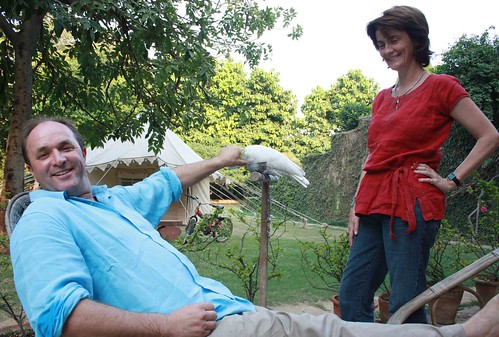 Aishwarya and Mrs Dalrymple
Aishwarya and Mrs Dalrymple The Dalrymple family in the launch of Nine Lives
The Dalrymple family in the launch of Nine Lives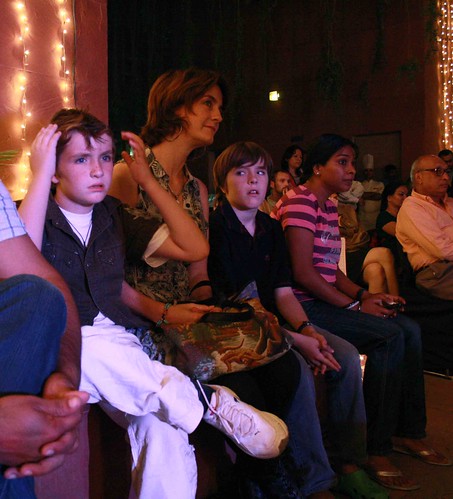 Mrs and Mr Rose
Mrs and Mr Rose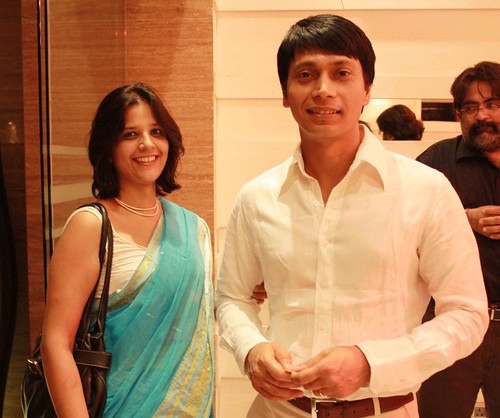 The White Mughal
The White Mughal
Courtesy of The Delhi Walla


 Jarrette Schule found a rocket launcher in his backyard in rural Comal County, Texas on Tuesday. Against all common sense, he took it in his house, then began calling authorities to report it. He called the FBI, the sheriff’s department, and Homeland Security.
Jarrette Schule found a rocket launcher in his backyard in rural Comal County, Texas on Tuesday. Against all common sense, he took it in his house, then began calling authorities to report it. He called the FBI, the sheriff’s department, and Homeland Security.












 When my mom came to visit me from Tokyo in August, she brought the summer 2009 edition of a wonderful furniture catalog called Iimono Hakken Jutsu, which roughly translates as The magic of discovering great things. The cover promises 3-day delivery and 24-hours of easy living. From cheap fake bricks to decorate a bland white wall to shoes for pregnant moms, the catalog really does seem to solve every household dilemma in a SkyMall-meets-IKEA-meets-Japanese research lab type of way. Although I live in the US and will probably never own any of these things, I thought I'd show you some of my faves — in particular, the ones that are made to save space. Most Japanese, especially in the cities, live in smaller spaces, which explains why things like refrigerators and vacuum cleaners are on average much tinier there than here. Here are some practical, innovative solutions offered in the Iimono catalog.
When my mom came to visit me from Tokyo in August, she brought the summer 2009 edition of a wonderful furniture catalog called Iimono Hakken Jutsu, which roughly translates as The magic of discovering great things. The cover promises 3-day delivery and 24-hours of easy living. From cheap fake bricks to decorate a bland white wall to shoes for pregnant moms, the catalog really does seem to solve every household dilemma in a SkyMall-meets-IKEA-meets-Japanese research lab type of way. Although I live in the US and will probably never own any of these things, I thought I'd show you some of my faves — in particular, the ones that are made to save space. Most Japanese, especially in the cities, live in smaller spaces, which explains why things like refrigerators and vacuum cleaners are on average much tinier there than here. Here are some practical, innovative solutions offered in the Iimono catalog. 





 Emily Cummins, a 22-year-old University of Leeds student,
Emily Cummins, a 22-year-old University of Leeds student, 
 Kudos to the Finnish government, which has just
Kudos to the Finnish government, which has just 








